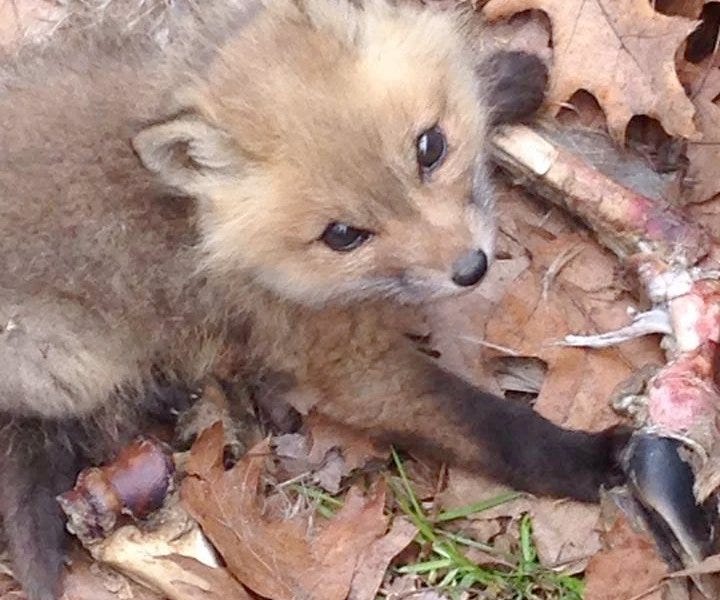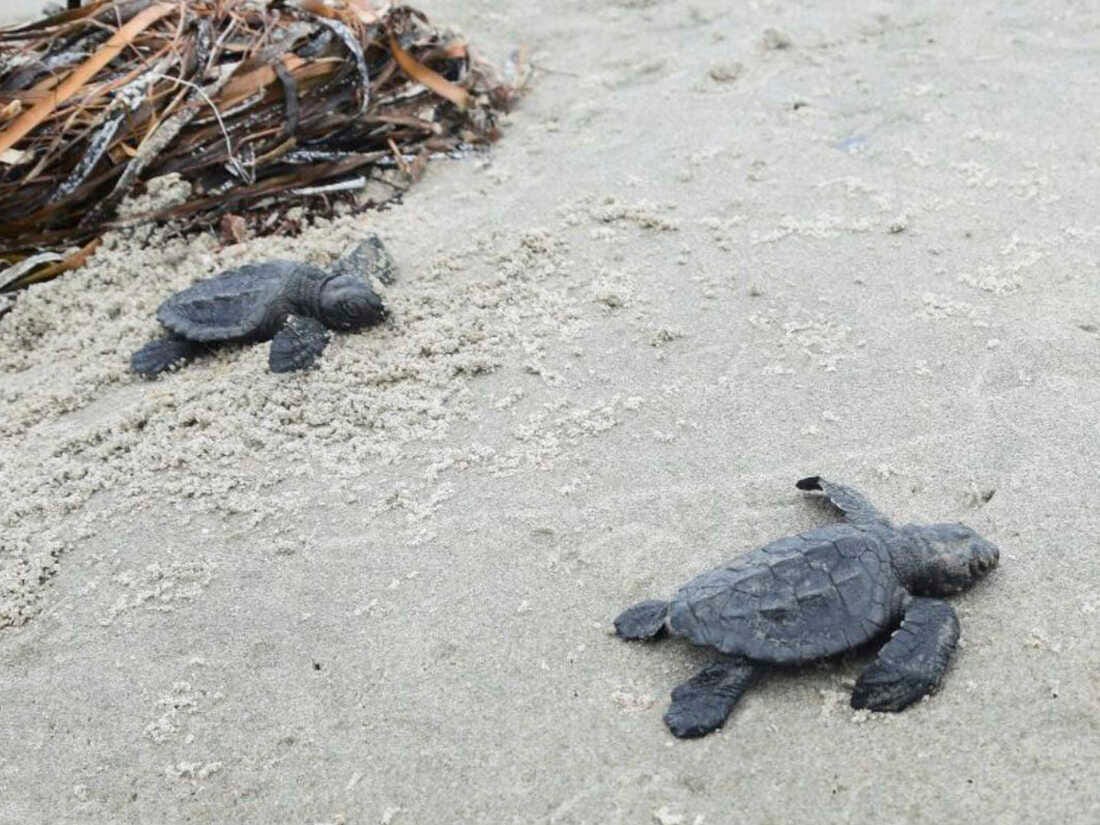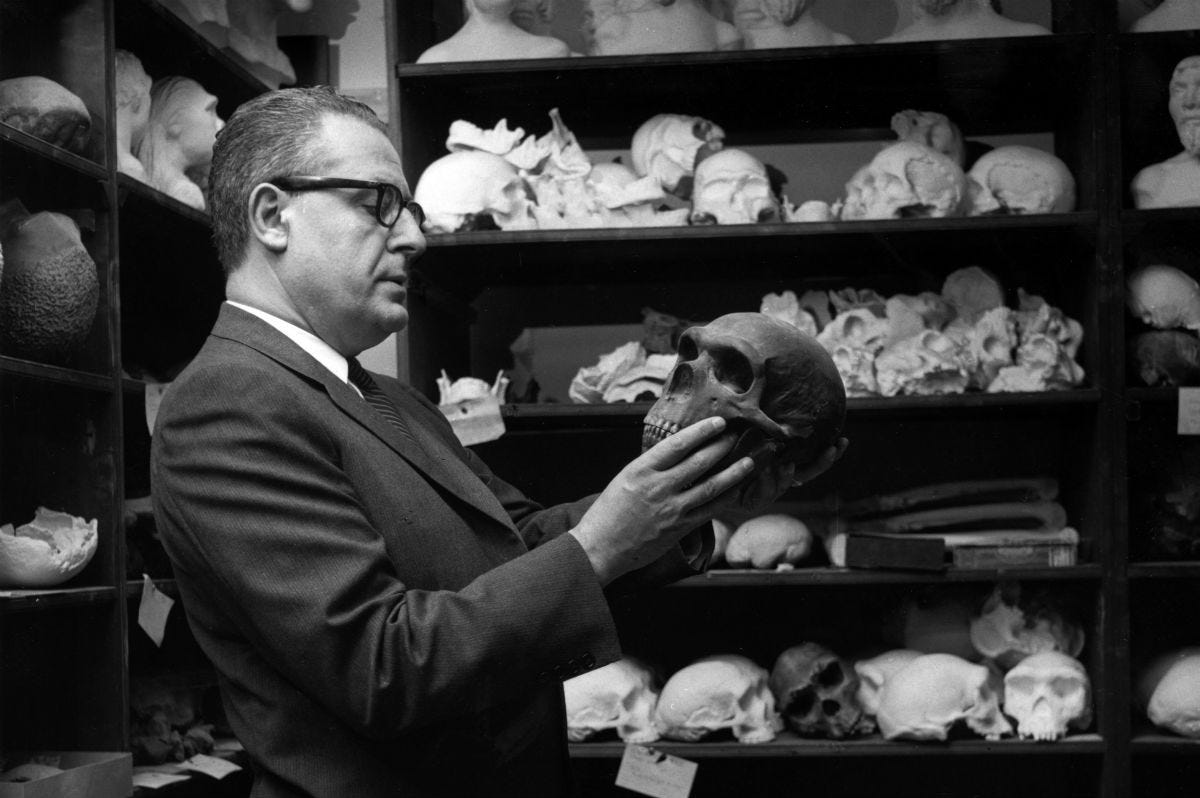The past is a palimpsest written in blood. Even discounting human violence, life has it rough. It’s bones, not turtles, all the way down. And after the bones, it’s the liquefied remains of plants and single cell organisms, which we suck out of the ground with Silly Straws to power civilization.
But we only see the dead; that’s the nature of the fossil record. The joy and color of life must be imagined, which is something we humans are good at, with our ridiculously overpowered brains. Every living thing is a twinkling star in the infinite darkness of death; we’re born, we wink out, but we are countless.
I love reading about the past, but it is full of horrors; but so is the present, and we only know the half of it. How many horrors will never be revealed, for us to dwell on? How many joys, as well?
More and more, I come back to Shiduri, the Goddess of Tavernkeepers. Love the child who holds your hand; fill your house with music and dancing. Wear bright clothes, and give your loved ones pleasure in your embrace. (And drink beer, the original Sumerian protein shake.)
We are an innocent fox in the midst of the bones, as Loren Eiseley might say; his words have been with me for decades.
More on the little foxy later. First, what’s good to read this week:
Some good news; an endangered, tiny sea turtle species is nesting in Louisiana for the first time in 75 years. I mean, just look at them:
Also in Louisiana: The Honey Island Swamp monster, their answer to Bigfoot. This article interviews people who have claimed to have encounters with a “skunk ape” like creature in the swamps, where the folklore of the rougarou, a wolfman who eats Cajun and Creole children who don’t listen to their mamas, is rife in the imagination. Me, I want to believe, but the evidence is lacking. (Personally, I think humans see ourselves as apart from nature, and the peaceful “ape men” of our mythology are the embodiment of our estrangement from the rest of the natural world).
The New Yorker has a great read on Josephine Baker, and her career both as a groundbreaking entertainer and a spy for the Allies during World War II. Her influence is still with us.
And back to fossil evidence, the wild horses of Chincoteague have been linked to Spanish horse teeth found in the Caribbean, so the origin story of them coming from a shipwreck is now likely. I’ve been meaning to visit them; my friend Sonny got to see a few of them recently.
Barbara J. King’s review of the new book How Fast Did T. Rex Run? by David Hone is fascinating, and the book is now on my to-get list.
Devil in a Blue Dress, the movie adaptation of Walter Mosley’s incredible novel of his Black L.A. detective Easy Rawlins, made a big splash when it came out. Denzel Washington was Easy, Don Cheadle killed it as his murderous friend Mouse, and everyone was surprised when no sequels landed. (Everyone except anyone who knows Hollywood). Well, this remembrance of the beautiful film directed by Carl Franklin is right on time, as the Criterion Collection released it on Blu-Ray, and presumably, on their streaming channel. If you haven’t read the book, get to it. The series is a gem.
If real mysteries are more your thing, the story of Gary Maynard, the criminologist on trial for serial wildfire arson, is a terrifying journey into mental illness and … the worst roommate ever.
And if that’s not disturbing enough, this history of what author Delia Owens was up to as a self-styled conservationist in Africa with her husband—before Reese Witherspoon made her novel Where the Crawdads Sing into a blockbuster—is a riveting read. Did they get away with murdering an unarmed man they called a poacher on camera for television?
And Benjamin Dreyer, copy chief for Random House and author of the wonderful and helpful Dreyer’s English, tells us how the language is changing faster than many of us can keep up. And why it’s okay to write an email instead of an E-mail. (Remember not to coöperate if you’re writing for the New Yorker…)
What else have I been reading? I loved Hurricane Girl by Marcy Dermansky! And so did Roxane Gay. RG introduced me to MD’s Bad Marie which is also wonderful, and I learned that Marcy lived in the same town. We send postcards to each other sometimes, when I’m not gushing about her books. She captures the absurdity and brutality of everyday life with her hilarious minimalism; Allison flees from an abusive relationship into a literal hurricane, and how she works her way out of it is just as surprising as how she got into it. The humor is darker and sharper than obsidian. I also dig Very Nice a lot, and it has several perspectives, and might be the best introduction to some of her minimalist prose—I find it brilliant, some readers find it jarring. (They are wrong.)
I read Wild Seed by Octavia E. Butler while on the beach, a love story between a deathless demon spirit and a shapeshifting witch, something only Butler could make as human and engaging as it is. Sort of Kindred meets Fledgling, if you know her work; and if you don’t, it’s a fantastic introduction. Really, read Butler. She’s as skilled as Stephen King at bringing the fantastic to life, and her writing is wonderful to read.
Currently, I’m reading The Immense Journey by Loren Eiseley, a naturalist I’ve loved for many years, ever since reading “The Innocent Fox.” For years, these words—the crescendo of his philosophical nature essay on joy in the valley of death—was crammed into my email signature:
Yet here was the thing in the midst of the bones, the wide-eyed, innocent fox inviting me to play, with the innate courtesy of its two forepaws placed appealingly together, along with a mock shake of the head. The universe was swinging in some fantastic fashion to present its face, and the face was so small that the universe itself was laughing.
He’s a poet, and a genius at depicting the eons of Earth’s history in a way we can comprehend. Here he is, contemplating a Yorick of our antiquity:
And if you’d like to read his essay, “The Innocent Fox,” Steven Goodheart has it on his website, with a lovely tribute to the author and the essay, and some gorgeous photographs to accompany the little fox who plays, wide-eyed and innocent, in the midst of the bones.







A few weeks ago, I was surprised (ok, grossed out) to discover what my neighbor politely calls “fox food” in my wooded back yard. It was just as you pictured, minus the cute baby fox, and frankly felt like an omen.
Off to read The Innocent Fox now, thanks ...
Oh, and re: Shiduri, yes, absolutely. This is a little personal for substack comments but all I find I want to do lately is rip down the dusty old drapes from my interior self & burn them. I’d invite friends to dance around the bonfire & serve good food & drink & embrace them & we’ll maybe sing off-key together. To the extent that we have anything, that’s all we have.